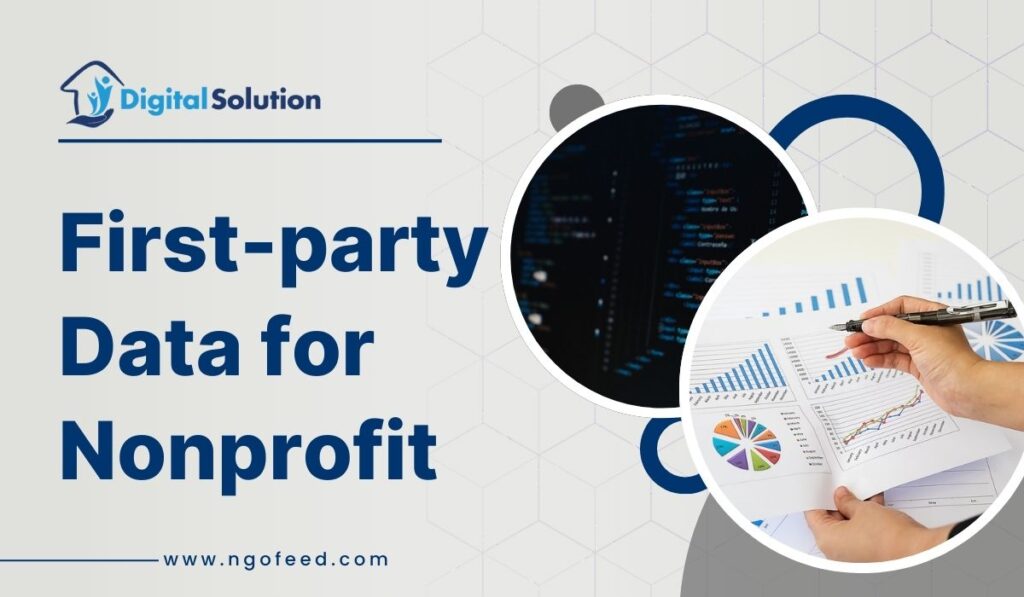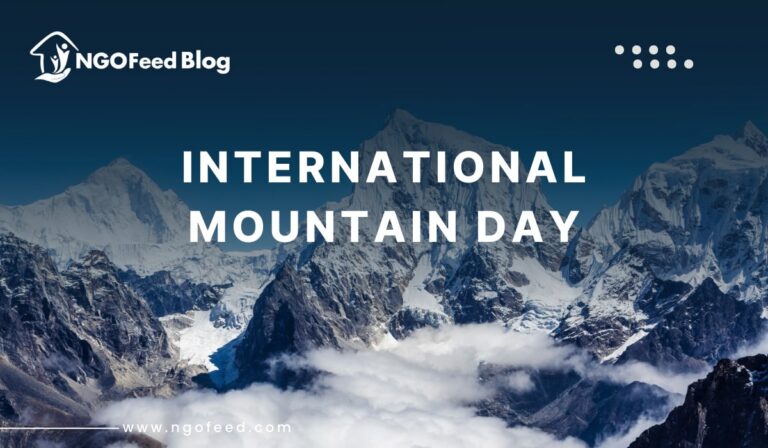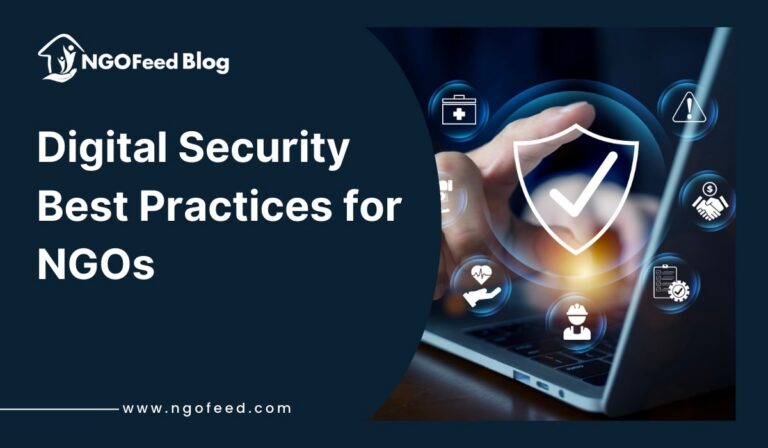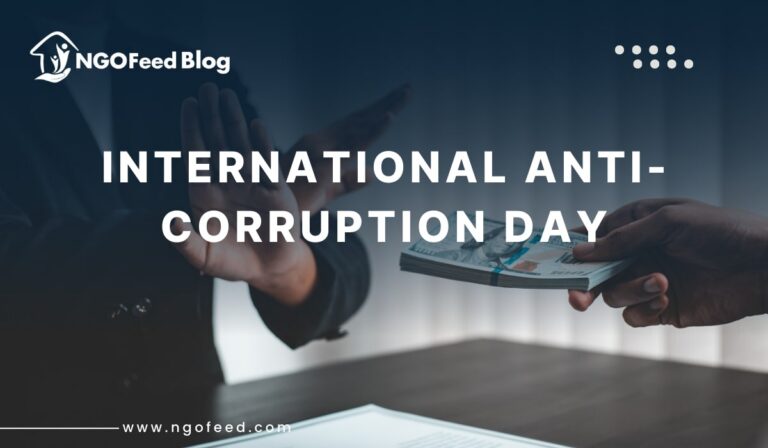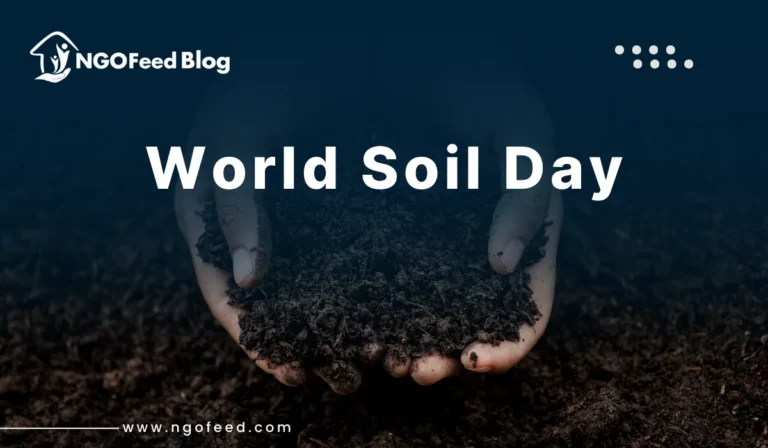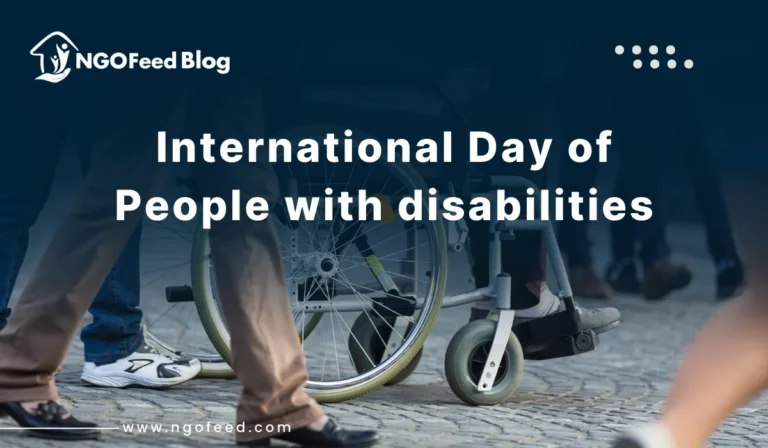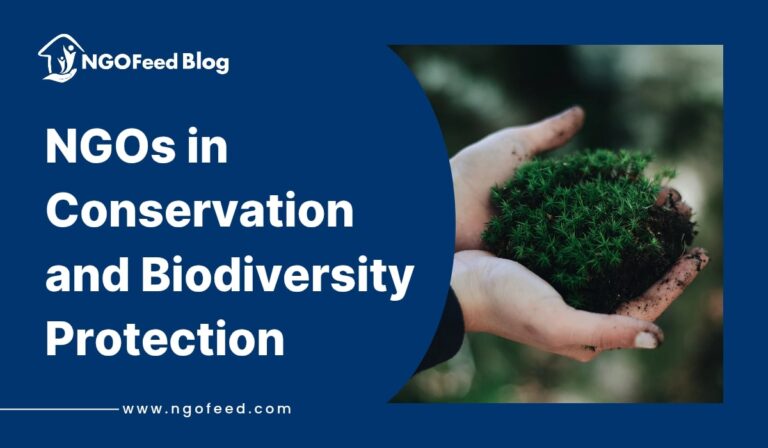First Party Data for Nonprofit: In an increasingly digital world, nonprofit organizations face the dual challenge of maximizing their impact while navigating a complex data landscape. Amidst evolving privacy regulations and the diminishing reliability of third-party data, first-party data has emerged as a critical asset for nonprofits seeking to deepen donor relationships, personalize engagement, and ultimately, advance their missions more effectively. This article delves into the significance of first-party data for nonprofits, exploring its definition, benefits, collection strategies, ethical considerations, and practical applications in achieving organizational goals.
Table of Contents
Understanding First Party Data for Nonprofit
First-party data refers to the information that a nonprofit organization in India collects directly from its constituents through its own channels and interactions. This encompasses a wide range of data points gathered from various touchpoints, including:
- Website Interactions: Data on website visits, page views, content downloads, form submissions (e.g., newsletter sign-ups, event registrations, volunteer applications), and online donations. This reveals user behaviour, interests, and engagement levels with the organization’s digital presence. For example, tracking which pages a visitor spends the most time on can indicate their areas of interest.
- Email Marketing: Data on email opens, clicks, forwards, and conversions (e.g., donations made through email links). This provides insights into the effectiveness of email campaigns and subscriber engagement. A high click-through rate on a specific appeal within an email suggests strong resonance with that message.
Also Read: Leveraging (X) Twitter Trends for Nonprofits
- CRM (Customer Relationship Management) Systems: Comprehensive records of donors, volunteers, members, and other stakeholders, including contact information, donation history, communication preferences, event attendance, and engagement with various campaigns. This centralized data repository offers a holistic view of each constituent’s relationship with the nonprofit.
- Direct Mail and Offline Interactions: Information gathered through physical mail responses, event registrations, in-person conversations, and phone calls. While traditionally offline, this data can be integrated into digital systems to create a unified view of constituents. For instance, noting a donor’s specific interests expressed during a phone conversation can inform future personalized communications.
- Social Media Engagement: Data on likes, shares, comments, and follows on the organization’s social media platforms. This reflects audience interest and provides opportunities for targeted content and engagement.
- Surveys and Feedback Forms: Directly collected opinions, preferences, and demographic information from constituents. Surveys can be invaluable for understanding donor motivations and program impact.
- Mobile Applications: Data on app usage, feature engagement, and user preferences for organizations with dedicated mobile apps.
Also Read: How To Optimize Your NGO Website For Voice Search
The key characteristic of first-party data is its direct origin from the nonprofit‘s own interactions, making it highly relevant, accurate, and valuable for understanding its specific audience.
The Power of First Party Data for Nonprofit
In an era where data privacy is paramount and the effectiveness of third-party data is declining due to browser restrictions and privacy regulations, first-party data offers numerous advantages for nonprofit organizations:
- Enhanced Personalization: First-party data enables nonprofits to create highly personalized experiences for their constituents. By understanding individual preferences, giving history, engagement patterns, and interests, organizations can tailor their communications, appeals, and engagement opportunities to resonate more deeply with each person. For example, a donor who has previously supported environmental initiatives can receive targeted updates and appeals related to those specific programs.
- Stronger Donor Relationships: Personalized engagement fosters stronger connections and builds trust with donors. When individuals feel understood and valued, they are more likely to remain loyal supporters and increase their engagement over time. Addressing a donor by name and referencing their past contributions demonstrates that the organization values their individual support.
Also Read: How NGOs Can Leverage Data Analytics?
- Improved Targeting and Segmentation: First-party data allows for precise segmentation of the audience based on various criteria, such as giving level, interests, volunteer history, or engagement with specific campaigns. This enables nonprofits to target specific groups with relevant messages, increasing the effectiveness of their outreach and fundraising efforts. For instance, segmenting donors who have lapsed in their giving allows for targeted re-engagement campaigns.
- Increased Fundraising Efficiency: By targeting the right audiences with the right messages, nonprofits can optimize their fundraising campaigns, leading to higher conversion rates and a better return on investment. Understanding donor behavior and preferences helps in crafting compelling appeals and determining the most effective communication channels.
- Data-Driven Decision Making: First-party data provides valuable insights into what works and what doesn’t. By analyzing engagement metrics, donation patterns, and campaign performance, nonprofits can make informed decisions about their strategies, optimize their programs, and allocate resources effectively. Tracking the success of different fundraising appeals based on audience segments can inform future campaign design.
Also Read: How NGOs Can Leverage Data Analytics?
- Enhanced Data Quality and Reliability: Since first-party data is collected directly, it tends to be more accurate and reliable than third-party data, which is often aggregated from various external sources. This higher data quality leads to more meaningful insights and more effective decision-making.
- Greater Control and Compliance: Nonprofits have complete control over how they collect, store, and use their first-party data, ensuring compliance with data privacy regulations such as GDPR and CCPA. Transparency with constituents about data collection practices builds trust and accountability.
- Competitive Advantage: In an increasingly competitive nonprofit landscape, organizations that effectively leverage their first-party data to build strong relationships and personalize engagement can gain a significant advantage in attracting and retaining supporters.
Strategies for Collecting First Party Data for Nonprofit
Building a robust first-party data strategy requires a thoughtful and ethical approach to data collection. Nonprofits can employ various strategies to gather valuable information directly from their constituents:
- Optimize Website Forms: Ensure that website forms for newsletter sign-ups, event registrations, and donations are user-friendly and collect relevant information with clear explanations of how the data will be used. Offer options for expressing preferences and interests.
- Implement Tracking Tools: Utilize website analytics tools to track user behaviour, page visits, and engagement with content. This provides insights into audience interests and helps optimize the online experience.
Also Read: Instagram Vs LinkedIn
- Engage Through Email Marketing: Track email engagement metrics and use surveys or preference centres to gather information about subscriber interests and communication preferences.
- Utilize CRM Systems Effectively: Ensure that the CRM system is well-maintained and used consistently to record all interactions with constituents, creating a comprehensive profile for everyone.
- Conduct Surveys and Polls: Regularly conduct surveys to gather feedback, preferences, and demographic information from donors, volunteers, and other stakeholders.
- Facilitate Social Media Interactions: Encourage engagement on social media platforms and use polls or questions to gather insights into audience interests.
- Personalize Offline Interactions: Train staff and volunteers to actively listen and record valuable information shared during in-person or phone interactions.
Also Read: Harnessing AI for Social Issues
- Offer Personalized Content and Experiences: Track how constituents interact with personalized content to understand their preferences and refine future personalization efforts.
- Run Targeted Online Advertising: While moving away from sole reliance on third-party data, first-party data can inform the creation of lookalike audiences on advertising platforms, expanding reach to individuals with similar characteristics to existing supporters.
- Integrate Data Across Channels: Break down data silos and integrate information from various online and offline touchpoints to create a unified view of each constituent.
It is crucial for nonprofits to be transparent with their constituents about their data collection practices and to obtain explicit consent where required by privacy regulations. Providing clear explanations about how the data will be used and offering choices regarding data sharing and communication preferences builds trust and fosters positive relationships.
Ethical Considerations and Data Privacy
As nonprofits collect and utilize first-party data, ethical considerations and adherence to data privacy regulations are paramount. Organizations must prioritize the privacy and security of their constituents’ information by:
- Obtaining Informed Consent: Clearly explain what data is being collected and how it will be used, and obtain explicit consent for data processing, especially for marketing communications.
- Ensuring Data Security: Implement robust security measures to protect data from unauthorized access, breaches, and misuse.
- Being Transparent About Data Usage: Provide clear and accessible privacy policies that outline data collection practices, usage, and individuals’ rights regarding their data.
Also Read: Press Release Guide For Nonprofits:
- Providing Data Control: Offer constituents the ability to access, modify, and delete their personal data, as required by privacy regulations.
- Minimizing Data Collection: Only collect data that is necessary for legitimate organizational purposes. Avoid collecting excessive or irrelevant information.
- Using Data Responsibly: Ensure that data is used ethically and in a way that benefits the organization’s mission and its constituents. Avoid discriminatory or harmful practices.
- Training Staff on Data Privacy: Educate staff and volunteers on data privacy regulations and best practices for handling personal information.
- By upholding ethical data practices and complying with privacy regulations, nonprofits can build trust with their constituents and maintain their reputation as responsible organizations.
Practical Applications of First Party Data for Nonprofit
First-party data can be leveraged in numerous ways to enhance nonprofit operations and achieve organizational goals:
- Personalized Fundraising Appeals: Tailor fundraising appeals based on donors’ giving history, interests, and past engagement. For example, sending a specific appeal for disaster relief to donors who have previously supported humanitarian aid efforts.
- Targeted Program Updates: Share relevant program updates and impact stories with donors who have shown interest in specific areas of the organization’s work. A supporter of animal welfare programs would appreciate updates on rescued animals.
- Volunteer Engagement: Identify and engage potential volunteers based on their skills, interests, and past involvement. Someone who attended a fundraising event might be interested in volunteering for future events.
Also Read: Role of Chatbots in Enhancing NGO Support Service
- Membership Management: Personalize communication with members based on their membership level, engagement with member benefits, and renewal history.
- Event Promotion: Promote relevant events to individuals based on their past event attendance or expressed interests.
- Content Marketing: Create and share content that aligns with the interests and needs of different audience segments, driving engagement and building thought leadership.
- Donor Retention: Identify at-risk donors based on their engagement patterns and implement targeted strategies to re-engage them.
- Impact Reporting: Personalize impact reports by highlighting the outcomes that align with a donor’s specific giving history and interests.
- Cross-selling and Up-selling: Encourage donors to increase their giving or explore other ways to support the organization based on their past contributions. A recurring donor might be invited to join a monthly giving program.
- Building Lookalike Audiences: Use first-party data to create lookalike audiences on social media and other advertising platforms to reach new potential supporters with similar characteristics to existing donors.
Also Read: Canva for Nonprofits
By strategically applying insights derived from first-party data, nonprofits can cultivate deeper relationships with their constituents, enhance the effectiveness of their programs and fundraising efforts, and ultimately, amplify their impact.
Conclusion
In the evolving landscape of data privacy and digital engagement, first-party data has become an indispensable asset for nonprofit organizations. By prioritizing the direct collection, ethical management, and strategic application of information gathered from their own interactions, nonprofits can unlock a wealth of opportunities to personalize engagement, strengthen donor relationships, drive fundraising success, and advance their missions with greater precision and impact. Embracing a robust first-party data strategy is no longer just a best practice; it is a fundamental requirement for thriving in the digital age and building a sustainable future for the nonprofit sector.

